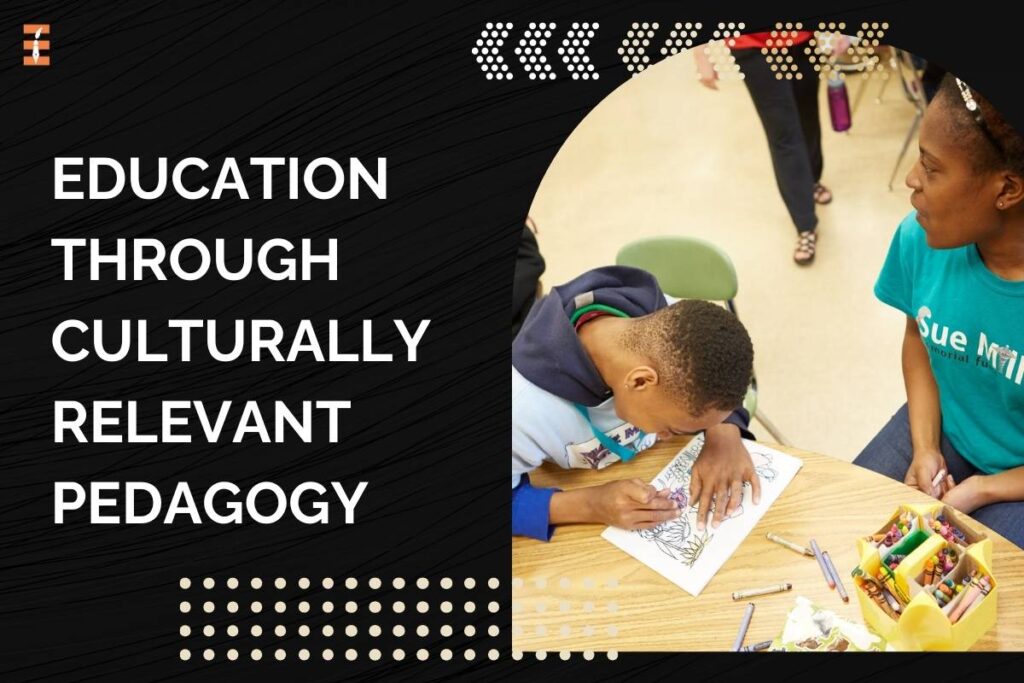In the ever-evolving landscape of education, educators are increasingly recognizing the importance of embracing diversity and promoting inclusivity within classrooms. One powerful approach gaining prominence is Culturally Relevant Pedagogy (CRP), a framework designed to bridge cultural gaps and create an environment where all students feel valued, represented, and engaged. This article explores the concept of CRP, its significance in contemporary education, and practical strategies for implementation.
Understanding Culturally Relevant Pedagogy:
Culturally Relevant Pedagogy, often abbreviated as CRP, is an educational theory developed by Dr. Gloria Ladson-Billings, aiming to address the cultural dissonance between teachers and students. It recognizes the diverse backgrounds, experiences, and identities of students, and strives to incorporate these elements into the curriculum and instructional practices.
At its core, CRP goes beyond merely acknowledging cultural differences; it involves leveraging these diversities as valuable assets for learning. The goal is to create a learning environment that reflects and respects the cultures of all students, fostering a sense of belonging and empowering them to succeed academically.
Key Principles of Culturally Relevant Pedagogy:
1. Cultural Awareness

Cultural awareness is a fundamental principle of CRP, encompassing the acknowledgment and valuing of diverse cultural backgrounds. Educators need to understand the impact of culture on students’ learning experiences, recognizing that cultural differences can significantly influence how students engage with and interpret information.
2. Equity and Social Justice
CRP is deeply rooted in principles of equity and social justice. It involves advocating for equal educational opportunities for all students, irrespective of their cultural backgrounds. Additionally, CRP encourages educators to challenge and dismantle systems of oppression within educational structures, ensuring fair and just learning environments.
3. Inclusive Curriculum
An inclusive curriculum is a cornerstone of culturally relevant pedagogy. It involves integrating diverse perspectives into the curriculum, representing various cultures, histories, and contributions to learning materials. By doing so, educators create a curriculum that resonates with the cultural backgrounds of their students, making learning more relevant and engaging.
4. Student-Centered Learning
CRP promotes student-centered learning by recognizing and building on students’ prior knowledge and experiences. Educators tailor instruction to students’ individual needs and learning styles, acknowledging that a one-size-fits-all approach may not be effective in a culturally diverse classroom.
5. Critical Consciousness
Critical consciousness is a key aspect of CRP, encouraging students to critically analyze social issues and structures. By empowering students to understand and question the systems around them, CRP aims to develop active, informed citizens who can contribute positively to their communities.
Significance of Culturally Relevant Pedagogy:
1. Enhanced Student Engagement

CRP fosters a more engaging and dynamic learning environment by connecting curriculum content to students’ real-life experiences. When students see their cultures reflected in the material, they are more likely to be actively involved in the learning process.
2. Improved Academic Performance
By addressing cultural dissonance and providing a more inclusive and supportive learning atmosphere, CRP has been linked to improved academic performance. Students are more likely to excel when they feel a sense of belonging and when the curriculum resonates with their cultural backgrounds.
3. Cultural Empowerment
CRP empowers students by validating their cultural identities and perspectives. This empowerment can contribute to increased self-esteem, motivation, and a positive attitude toward learning.
4. Preparation for a Diverse World
In an increasingly globalized society, CRP equips students with the skills needed to navigate and contribute to a diverse world. It fosters cultural competency, preparing students for success in a multicultural and interconnected society.
Practical Strategies for Implementing Culturally Relevant Pedagogy:
1. Know Your Students
Get to know your students individually, including their cultural backgrounds, interests, and learning styles. Use surveys, interviews, or other tools to gather information about students’ cultural experiences.
2. Inclusive Curriculum Design
Review and revise curriculum materials to ensure they reflect a variety of cultural perspectives. Integrate diverse authors, historical events, and contributions from various cultures into lesson plans.
3. Create a Culturally Responsive Classroom Environment
Decorate classrooms with diverse and inclusive visuals. Use culturally relevant examples and analogies to illustrate concepts.
4. Encourage Student Voice
Create opportunities for students to share their cultural experiences and perspectives. Incorporate student input into decision-making processes within the classroom.
5. Professional Development

Provide ongoing professional development for educators to increase awareness of cultural competence. Foster a collaborative culture where educators can share strategies and resources.
6. Community Involvement
Engage with the local community to understand the cultural context of your students. Invite guest speakers or organize field trips that connect students with their cultural heritage.
Conclusion:
Culturally Relevant Pedagogy is a transformative approach that holds the potential to reshape the educational landscape, making it more inclusive and reflective of the diverse societies we live in. By implementing CRP, educators can create learning environments that not only celebrate diversity but also empower students to succeed academically and contribute meaningfully to the world. Embracing CRP is not just a pedagogical choice; it is a commitment to equity, social justice, and the holistic development of every student.










